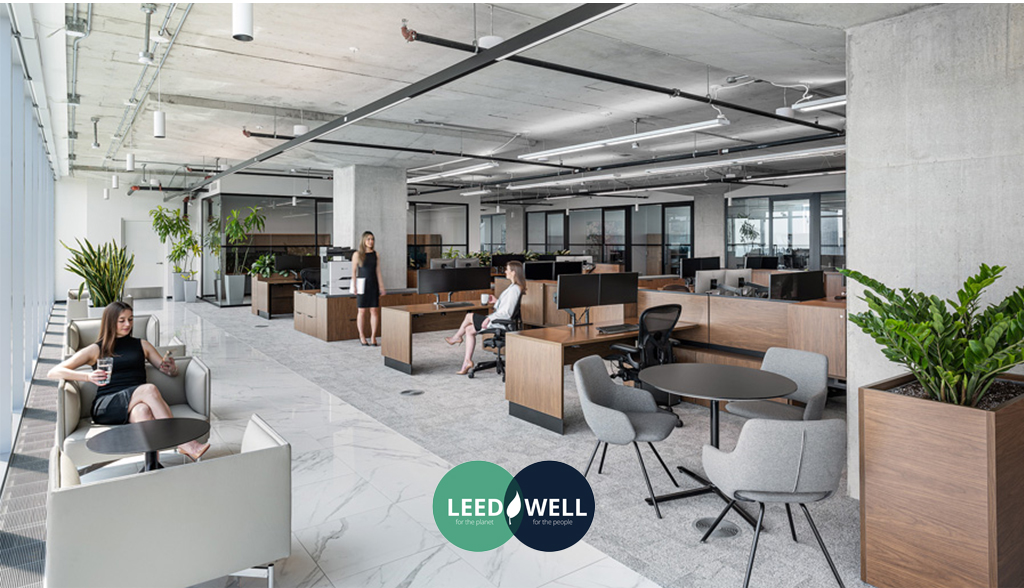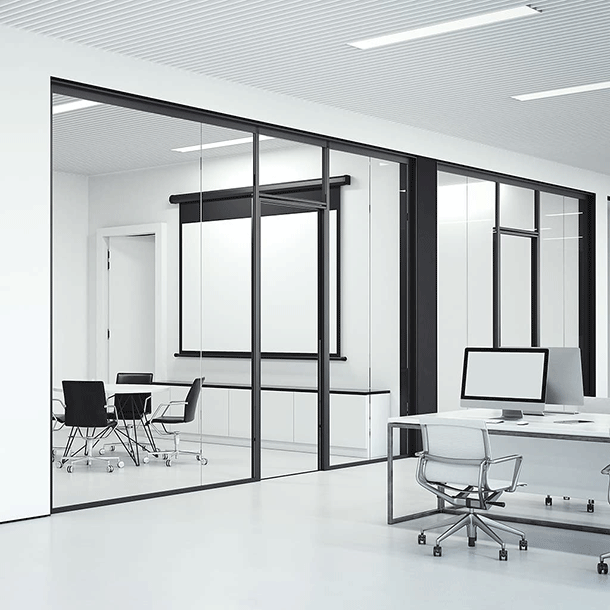With the rise of sustainable building standards like WELL and LEED, facility managers and architects increasingly face the challenge of balancing green design with occupant well-being. While both certification systems promise high-performing spaces, new research and insights reveal a significant disparity when it comes to acoustic privacy—an area where WELL certification seems to have a marked edge. Here's what you need to know about why sound masking is more critical than ever in certified workspaces and how these standards approach the complex topic of speech privacy.
Acoustic Challenges in Sustainable Design
Sustainable design principles aim to maximize energy efficiency and environmental quality, but they often come with acoustic trade-offs. One of the most glaring issues is sound privacy, particularly in open-plan offices. According to a recent comparative study, ‘sound privacy’ consistently emerged as a major dissatisfaction factor in both WELL- and LEED-certified buildings. However, it was the parameter with the most considerable gap in occupant satisfaction between the two standards. Indoor environmental quality in WELL-certified and LEED-certified buildings
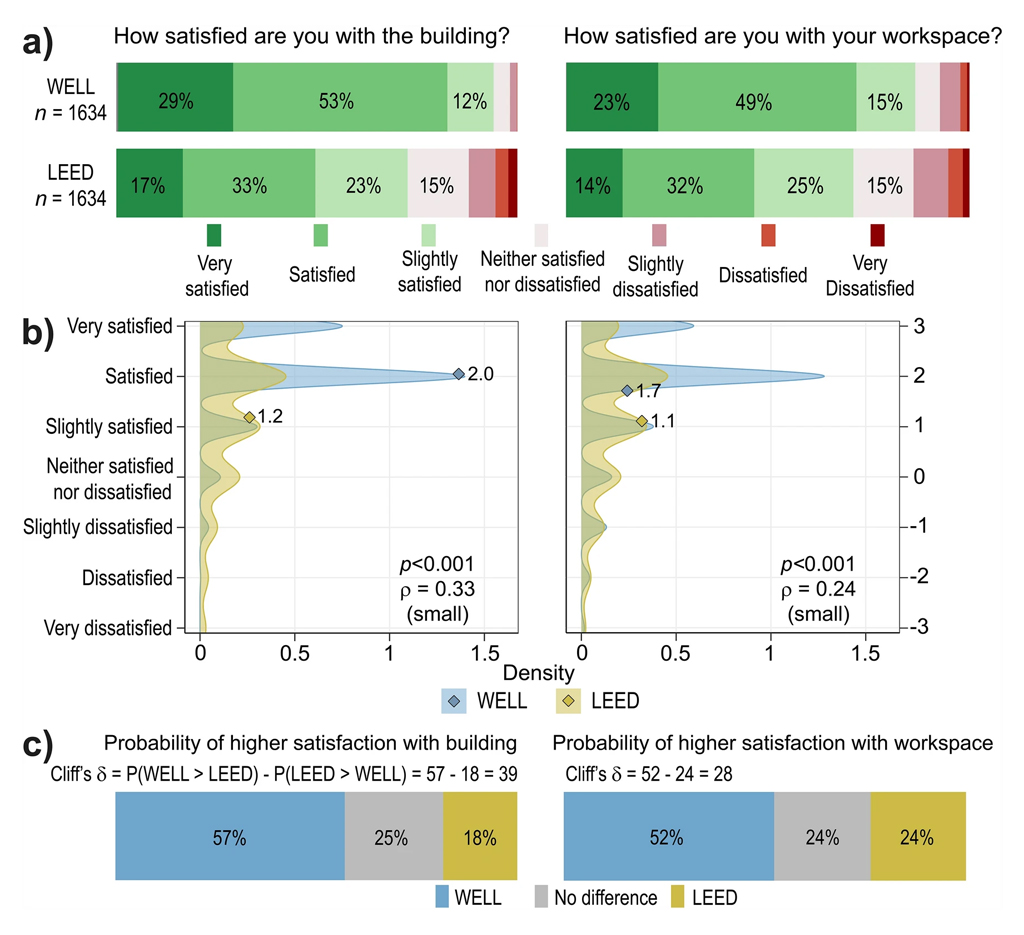
Why LEED Buildings Struggle with Acoustic Privacy
LEED certification focuses heavily on energy efficiency and overall environmental impact, dedicating only a small fraction of its points to indoor environmental quality (IEQ). This holistic but generalized approach often neglects critical aspects like speech privacy, which have a direct impact on workplace satisfaction and productivity. One possible explanation for LEED-certified spaces’ challenges with sound privacy might lie in the standard's different approach to acoustic design. LEED’s requirements for soundproofing levels are generally adequate, whether or not sound masking is used. However, WELL takes an additional step by promoting specific analysis of space adjacencies and including "sound mapping" as a credit requirement. This process encourages careful acoustic planning and provides points for sound masking, especially in open-plan areas—a focus that LEED does not emphasize in the same way. Additionally, while LEED sets standards for sound transmission, practical factors like door seals and plenum detailing, which can greatly impact sound privacy, are often overlooked but are addressed in WELL’s guidelines.
WELL’s Approach: A Blueprint for Better Sound
Unlike LEED, WELL puts human health and comfort front and center, with a comprehensive focus on the occupant experience. WELL version 2 mandates sound mapping as a precondition, ensuring thoughtful acoustic planning. This process might involve designing quiet zones, implementing acoustic barriers, and integrating sound masking systems to safeguard speech privacy in both open and enclosed areas. By emphasizing a thorough acoustic design plan, WELL helps to mitigate the distractions and inefficiencies caused by poor sound environments.
Moreover, WELL's framework recognizes that sound privacy isn’t just a “nice-to-have” feature but a crucial determinant of employee satisfaction. Given that higher workplace satisfaction correlates with improved well-being and productivity, WELL-certified buildings are better positioned to support a harmonious and efficient work environment.
There is a 39% higher probability of finding an occupant that is satisfied with the building overall in a WELL-certified building compared to a LEED-certified building.
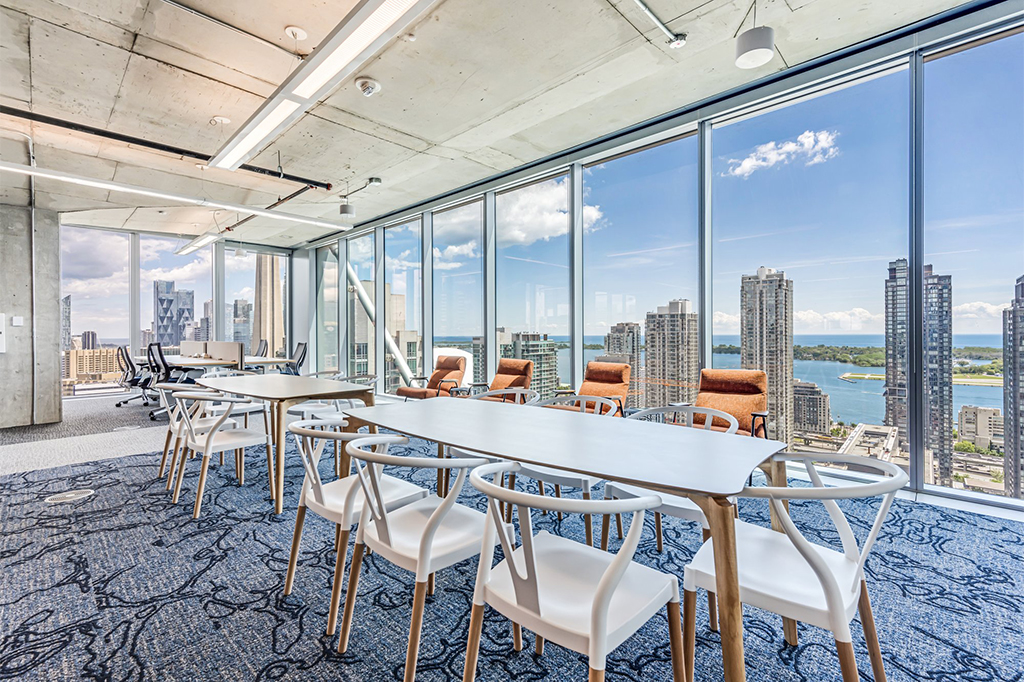
Plots comparing satisfaction with 14 IEQ parameters in WELL-certified and LEED-certified buildings.
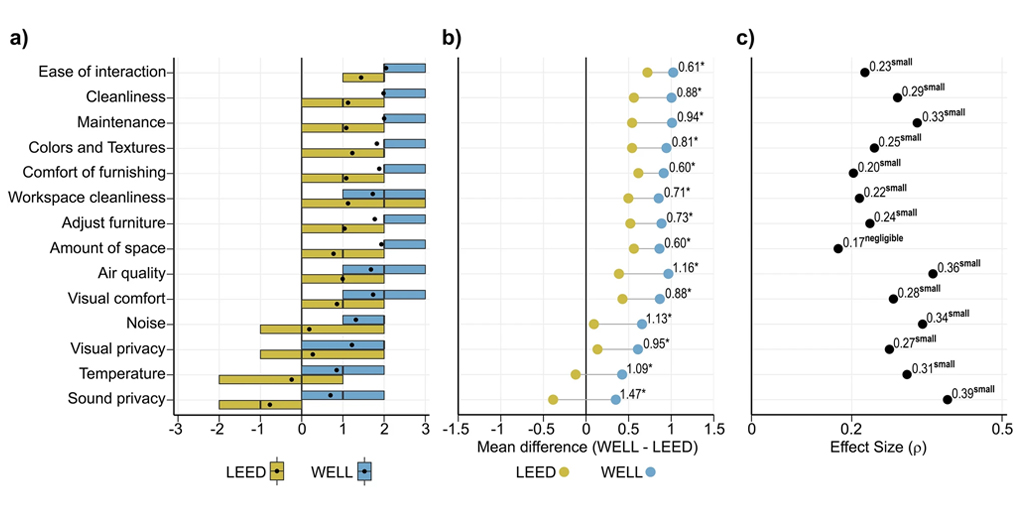
Bridging the Gap Between WELL and LEED
Despite their differences, there is a growing case for integrating WELL-inspired acoustic criteria into LEED projects. While compliance pathways are being developed for overlapping credits, the way forward could involve hybrid certification approaches that don't compromise on either sustainability or occupant wellness. By incorporating targeted sound solutions, such as high-quality sound masking systems, LEED buildings could significantly improve their indoor environmental quality ratings.
Sound Masking: A Solution with Measurable Impact
As a sound masking provider, Soft dB understands the vital role that strategic acoustic planning plays in modern office design. Our solutions not only enhance speech privacy but also create a more comfortable and productive atmosphere. Given the data, investing in sound masking isn’t just about meeting certification requirements—it's about fostering a workspace that prioritizes wellness and efficiency.
By understanding the nuances of WELL and LEED, building owners and managers can make informed decisions about acoustic strategies. Ultimately, achieving true occupant satisfaction requires a holistic approach where both sustainable design and human comfort are equally valued.
